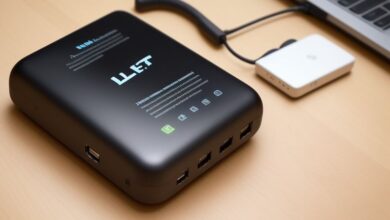Pdf seiten weicher scrollen

Pdf seiten weicher scrollen in today’s digital age, reading PDFs is a routine part of work, study, and entertainment. But have you ever found yourself frustrated by the choppy, jarring experience of scrolling through a lengthy document? If so, you’re not alone. Many tech enthusiasts are exploring the concept of “softer scrolling” to create a smoother, more enjoyable user experience for PDF readers.
What is Softer Scrolling for PDFs?
Softer scrolling is an advanced scrolling technique that allows users to glide through document pages seamlessly. Unlike traditional scrolling, which can be abrupt and disjointed, softer scrolling offers a more fluid motion, enhancing the overall reading experience. This method provides numerous benefits, including reduced eye strain, improved readability, and a more engaging interaction with the content.
The Trouble with Traditional Scrolling
Traditional scrolling methods often break the flow of reading. Jumps from one page to another can be distracting, making it difficult for users to maintain their focus. This issue is particularly prevalent in lengthy documents or those with complex layouts. The abrupt transitions can also lead to disorientation, especially for users with visual impairments or reading difficulties pdf seiten weicher scrollen.
Technology Behind Softer Scrolling
Implementing softer scrolling in PDFs involves sophisticated algorithms and modern web technologies. Techniques such as smooth CSS animations and JavaScript libraries play a crucial role. By leveraging these tools, developers can create a more fluid and responsive scrolling experience. This technology not only improves user satisfaction but also enhances accessibility for individuals with disabilities.

How to Create PDFs with Softer Scrolling
Creating PDFs with softer scrolling requires a blend of good design practices and the right technological tools. Here are some best practices:
- Use High-Quality Fonts and Graphics: Ensure that text and images are sharp and clear. This reduces lag and enhances the scrolling experience.
- Optimize File Size: Large files can slow down scrolling. Compress images and remove unnecessary elements.
- Implement Smooth Scrolling Techniques: Use CSS and JavaScript to enable smooth transitions between pages.
Case Studies of Successful Implementation
Several organizations have successfully implemented softer scrolling in their PDFs, resulting in enhanced user engagement. For instance, educational institutions have reported increased student interaction with digital textbooks. Similarly, businesses have seen improved customer satisfaction with product manuals and brochures pdf seiten weicher scrollen.
Future Trends in PDF Technology
The future of PDF technology is promising, with continuous advancements aimed at improving user experience. Innovations such as augmented reality (AR) integration and adaptive layouts are on the horizon. These developments will further enhance the utility and attractiveness of PDFs, making them more interactive and user-friendly.
Conclusion
Softer scrolling is revolutionizing the way we interact with PDFs. By addressing the limitations of traditional scrolling, it provides a more engaging and accessible reading experience. As technology continues to evolve, the potential for softer scrolling to transform digital documents is immense. For tech enthusiasts and developers, this is an exciting area to explore, offering numerous opportunities to innovate and improve user satisfaction.
By adopting softer scrolling techniques, you can ensure that your PDFs are not only functional but also enjoyable to read. Whether you’re creating educational materials, business documents, or personal projects, softer scrolling can enhance the user experience and set your content apart.
Ready to transform your PDFs? Start implementing softer scrolling today and see the difference it makes in user engagement and satisfaction.




